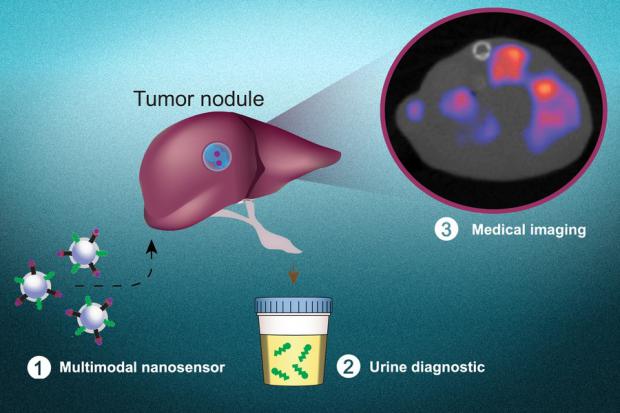
Breaking News
 LIVE ELECTION RESULTS: New York mayor, NJ & VA governor, Prop 50, Trump endorsements, latest vote
LIVE ELECTION RESULTS: New York mayor, NJ & VA governor, Prop 50, Trump endorsements, latest vote
 Sen. Markwayne Mullin Reveals Schumer Held Secret BACKROOM MEETING...
Sen. Markwayne Mullin Reveals Schumer Held Secret BACKROOM MEETING...
 RIP NYC - Muslim Communist Zohran Mamdani Wins New York City Mayoral Race
RIP NYC - Muslim Communist Zohran Mamdani Wins New York City Mayoral Race
 Dramatic Footage Shows UPS Cargo Jet Crashing At Louisville Airport
Dramatic Footage Shows UPS Cargo Jet Crashing At Louisville Airport
Top Tech News
 Japan just injected artificial blood into a human. No blood type needed. No refrigeration.
Japan just injected artificial blood into a human. No blood type needed. No refrigeration.
 The 6 Best LLM Tools To Run Models Locally
The 6 Best LLM Tools To Run Models Locally
 Testing My First Sodium-Ion Solar Battery
Testing My First Sodium-Ion Solar Battery
 A man once paralyzed from the waist down now stands on his own, not with machines or wires,...
A man once paralyzed from the waist down now stands on his own, not with machines or wires,...
 Review: Thumb-sized thermal camera turns your phone into a smart tool
Review: Thumb-sized thermal camera turns your phone into a smart tool
 Army To Bring Nuclear Microreactors To Its Bases By 2028
Army To Bring Nuclear Microreactors To Its Bases By 2028
 Nissan Says It's On Track For Solid-State Batteries That Double EV Range By 2028
Nissan Says It's On Track For Solid-State Batteries That Double EV Range By 2028
 Carbon based computers that run on iron
Carbon based computers that run on iron
 Russia flies strategic cruise missile propelled by a nuclear engine
Russia flies strategic cruise missile propelled by a nuclear engine
 100% Free AC & Heat from SOLAR! Airspool Mini Split AC from Santan Solar | Unboxing & Install
100% Free AC & Heat from SOLAR! Airspool Mini Split AC from Santan Solar | Unboxing & Install
Nanoparticle urine test diagnoses cancer and pinpoints its location

The MIT system is built around a specially designed nanoparticle that can produce "synthetic biomarkers" in urine if a person has cancer, and in previous tests it has proved promising at this job. But the problem is, it couldn't tell where in the body the tumors were located. Now, the team has added this function.The method by which the nanoparticles detect cancer is quite clever. To escape their point of origin and spread throughout the body, many cancers use enzymes called proteases which slice through proteins in the extracellular matrix. The diagnostic nanoparticles are coated in peptides that can also be cut up by these proteases, so if there are tumors present somewhere, the nanoparticles will bear the scars of their encounters by the time they reach the urine.



